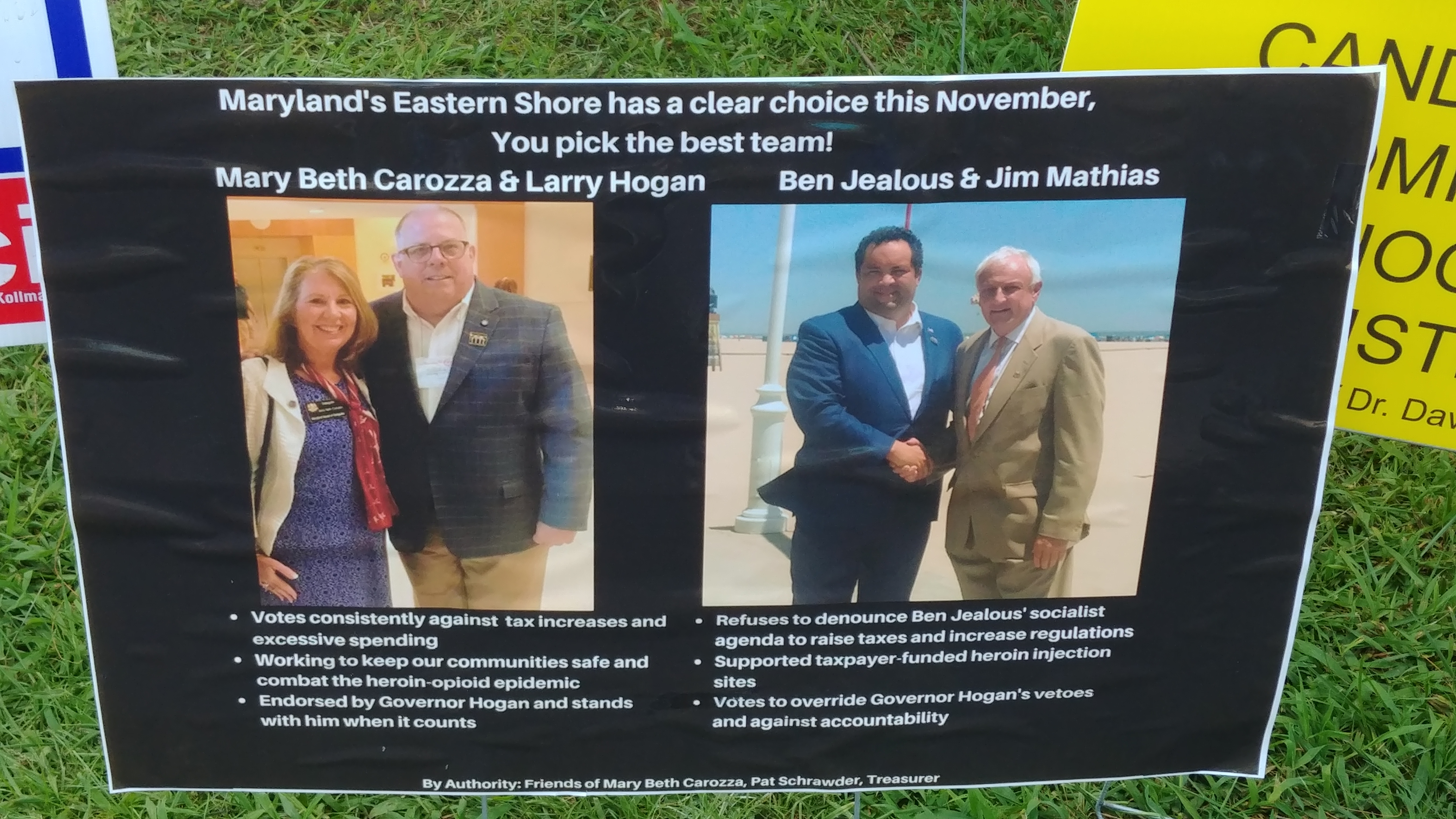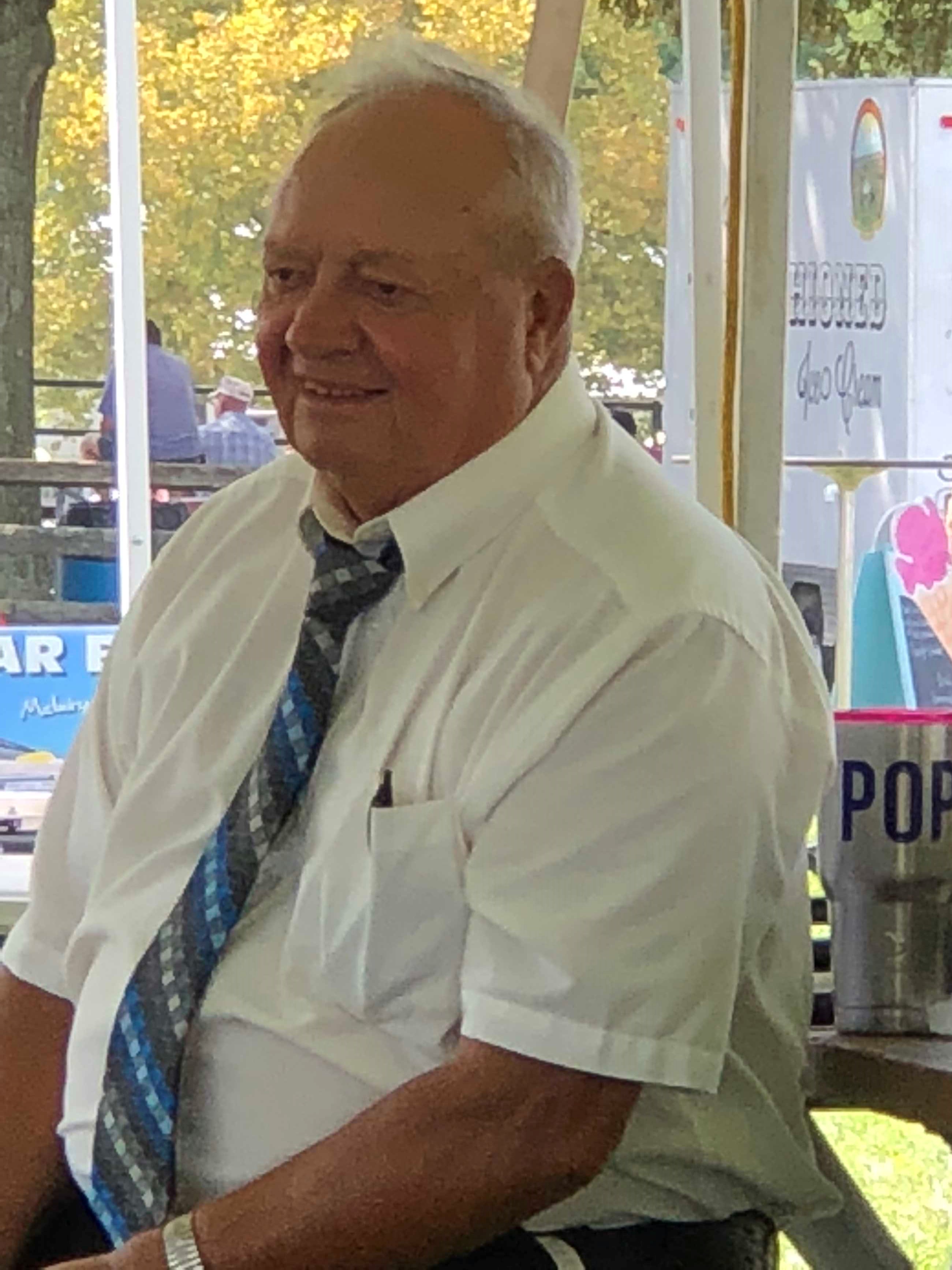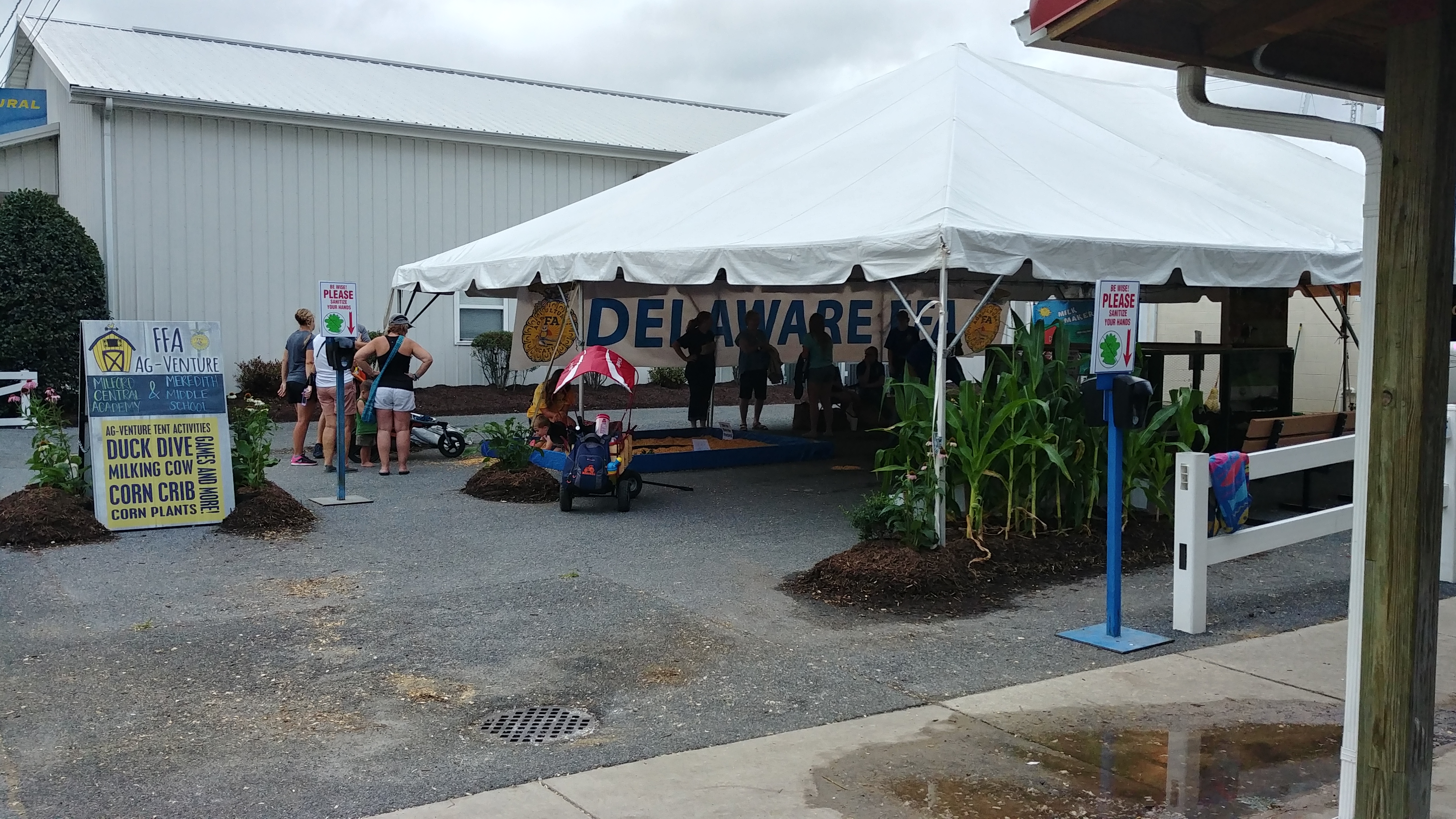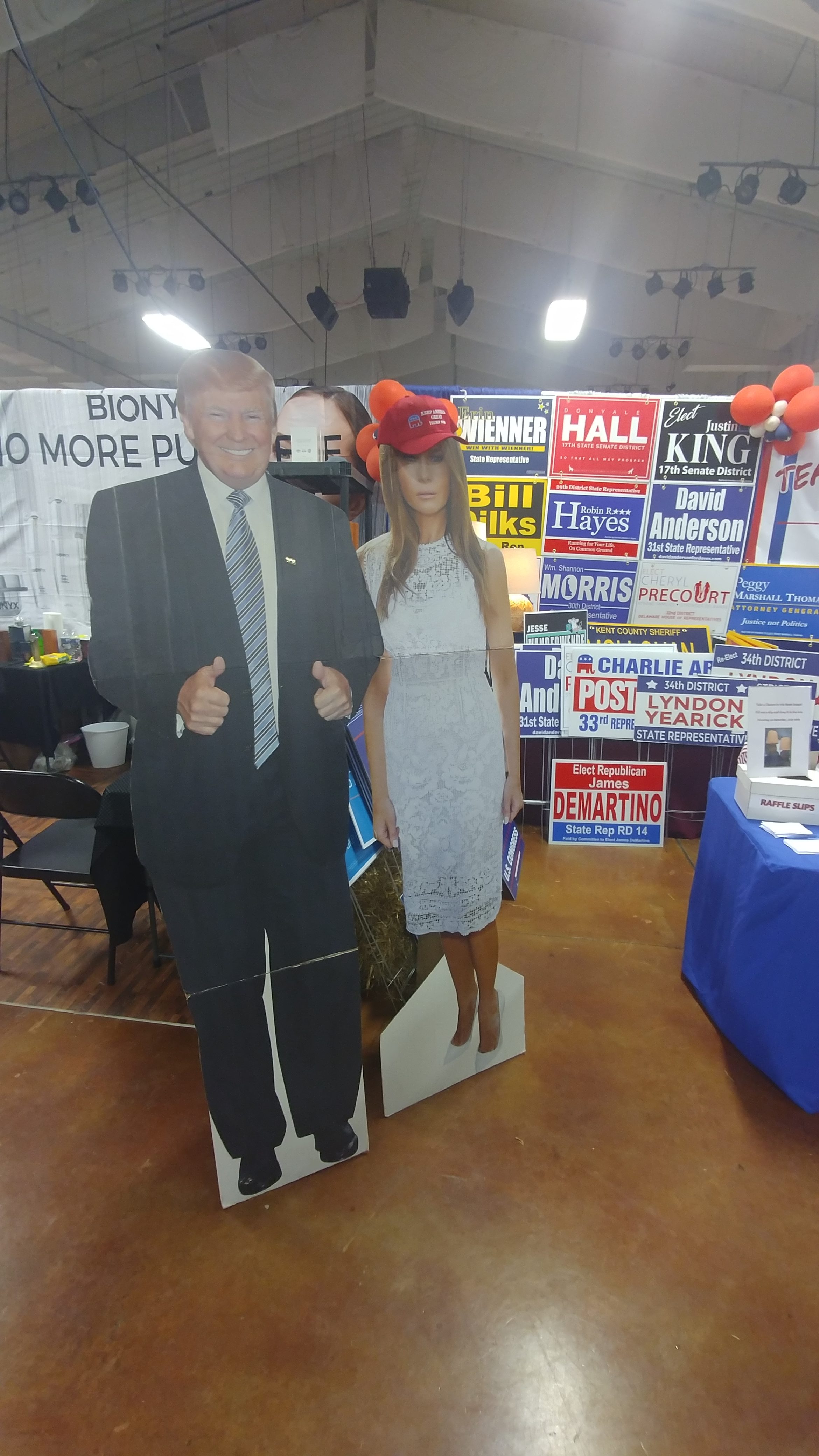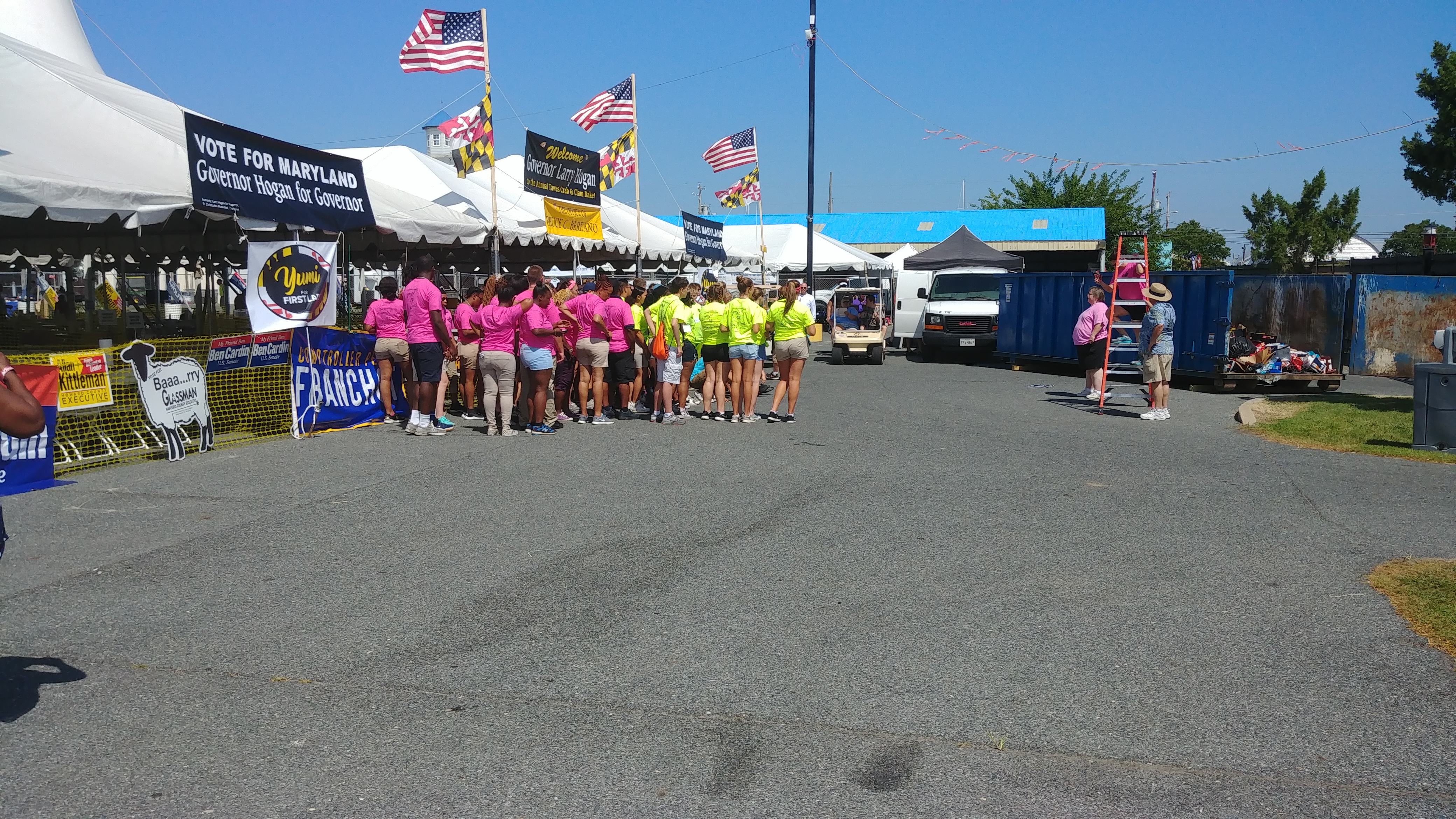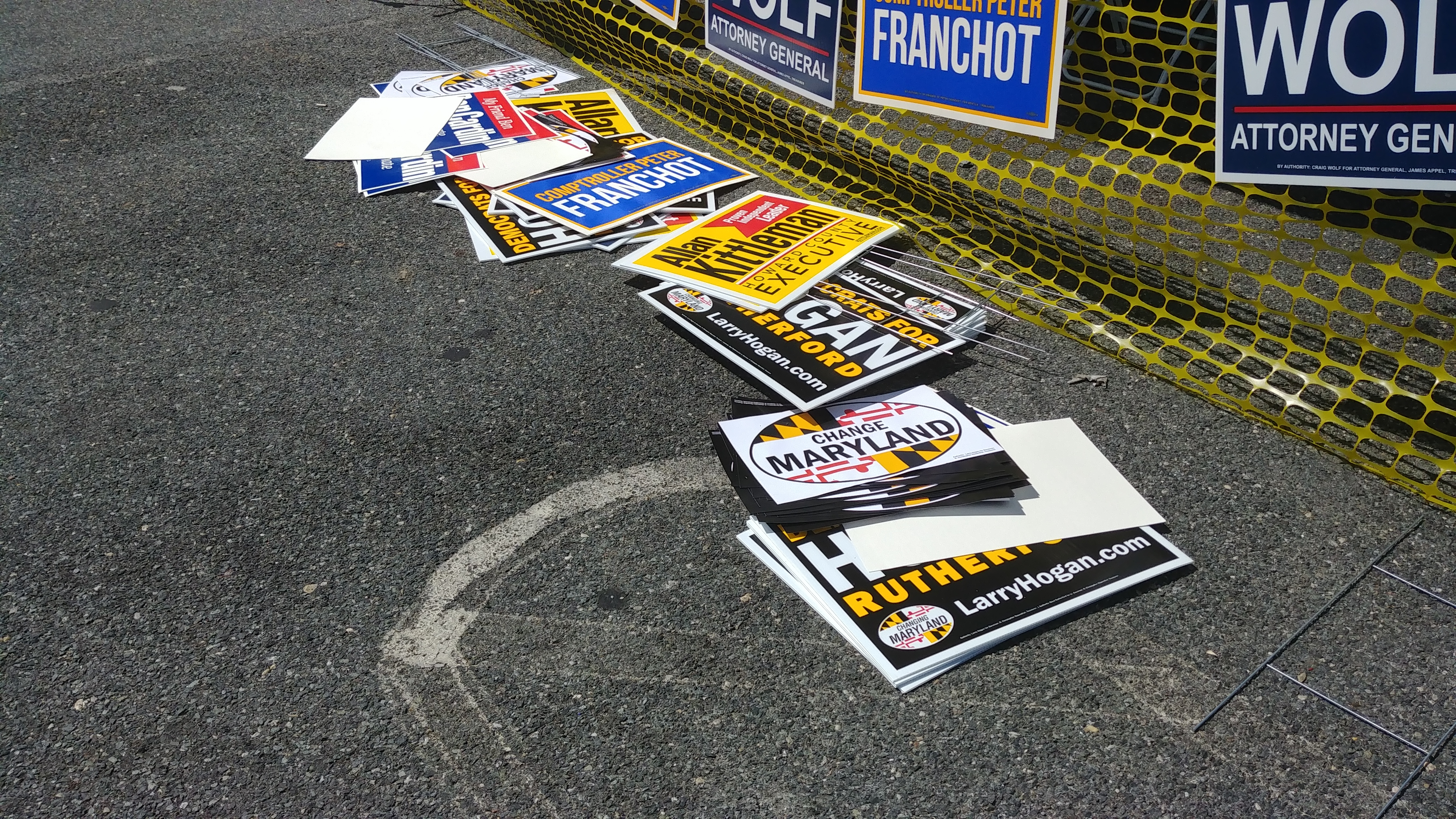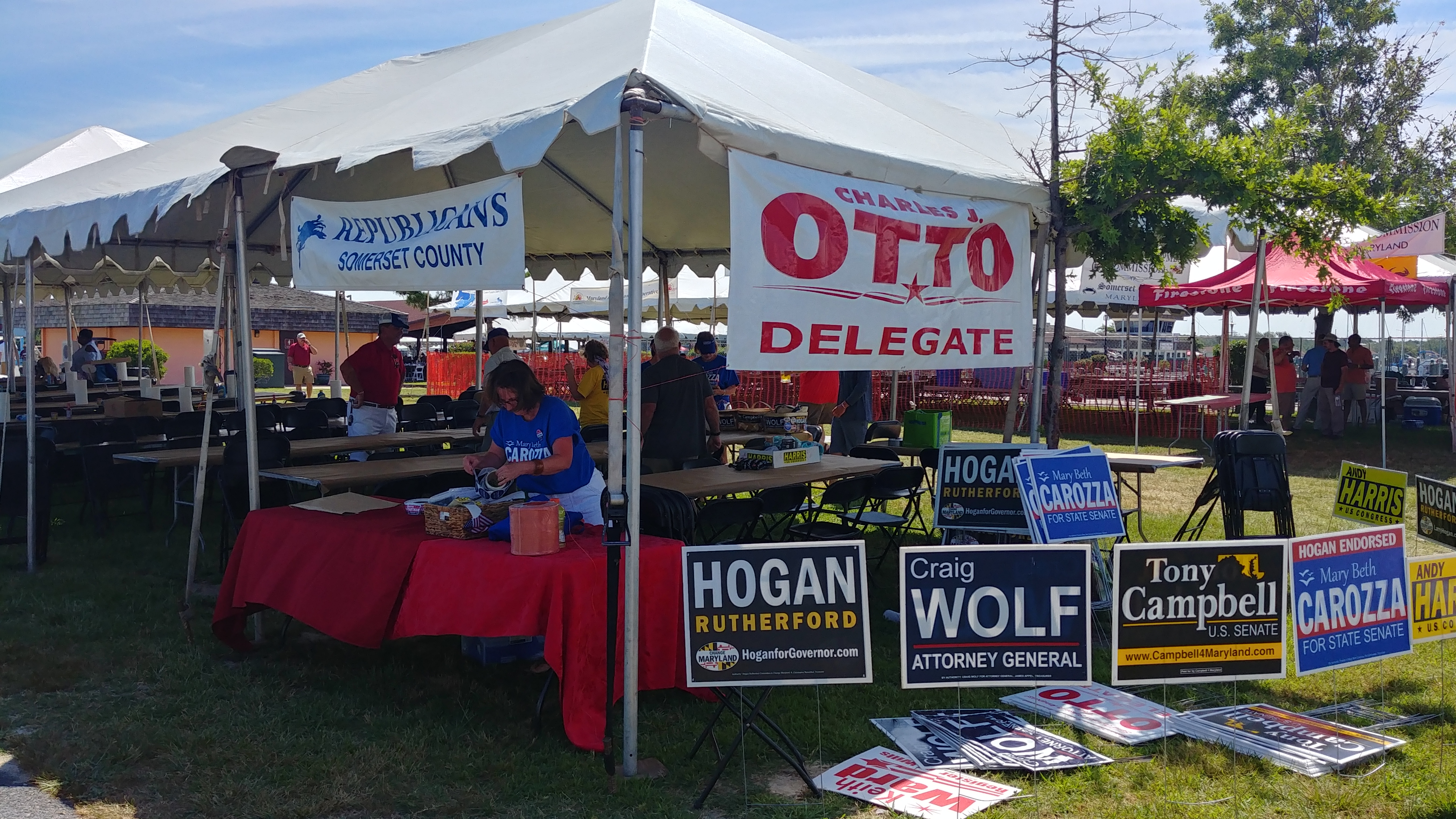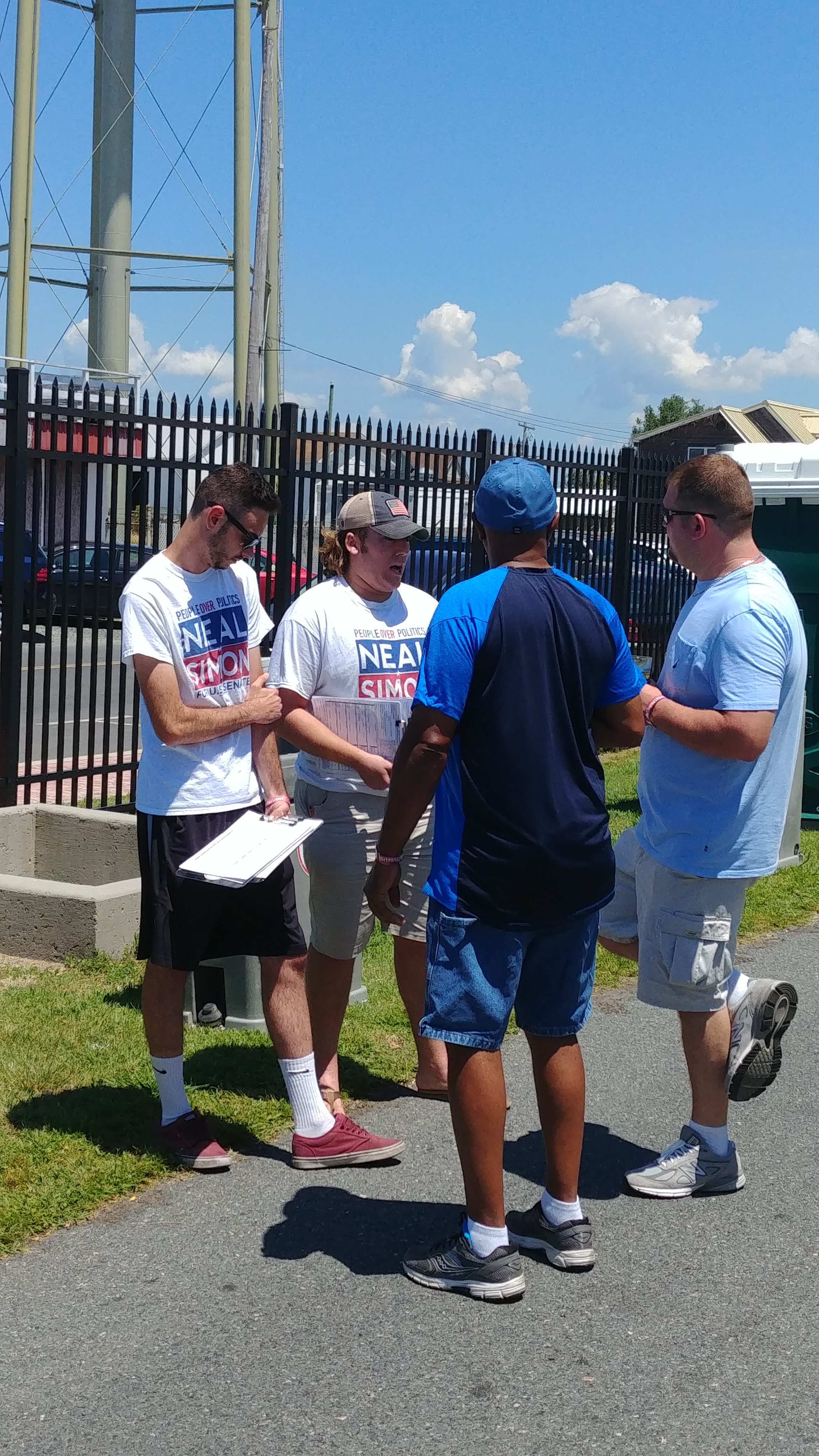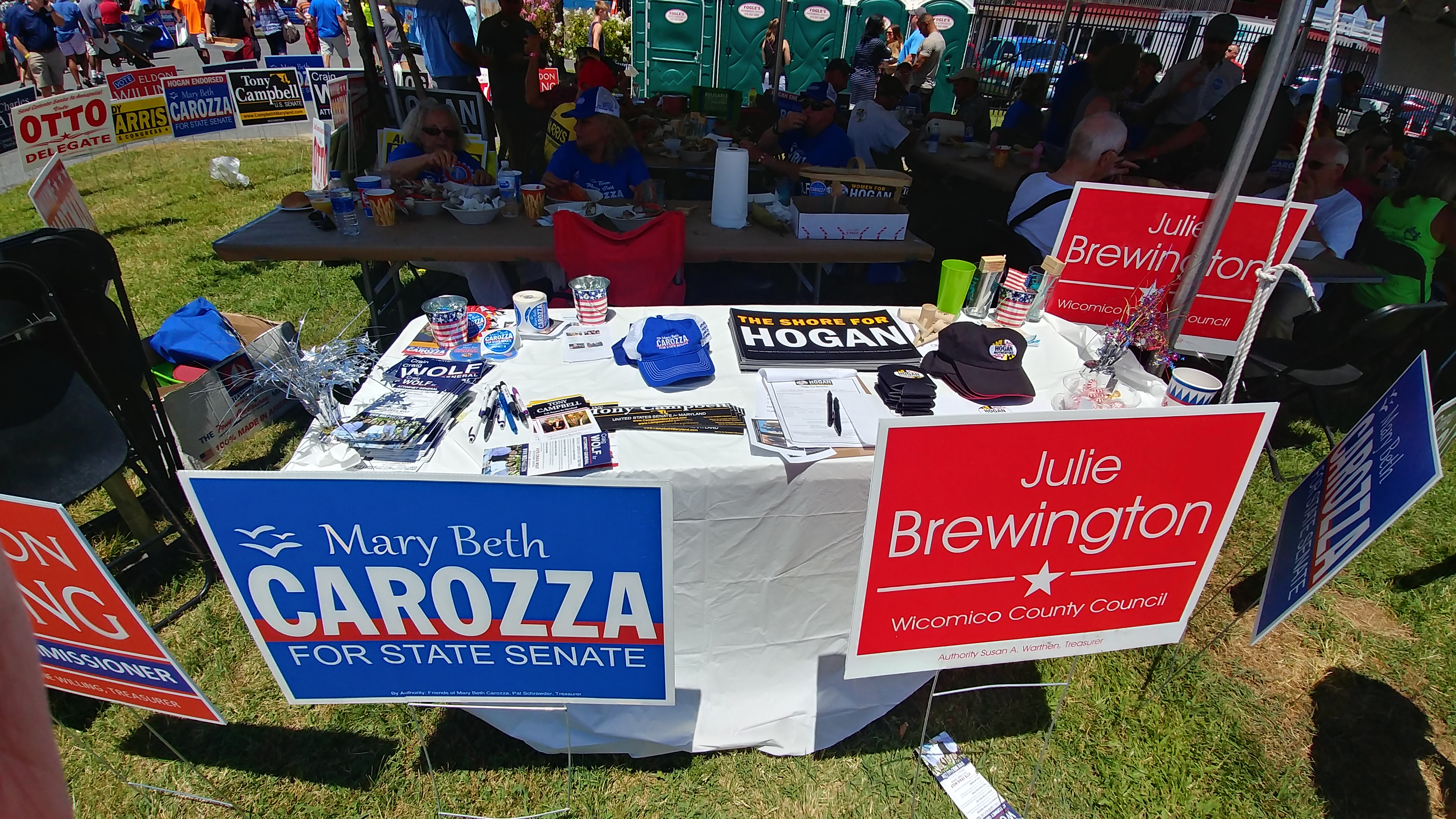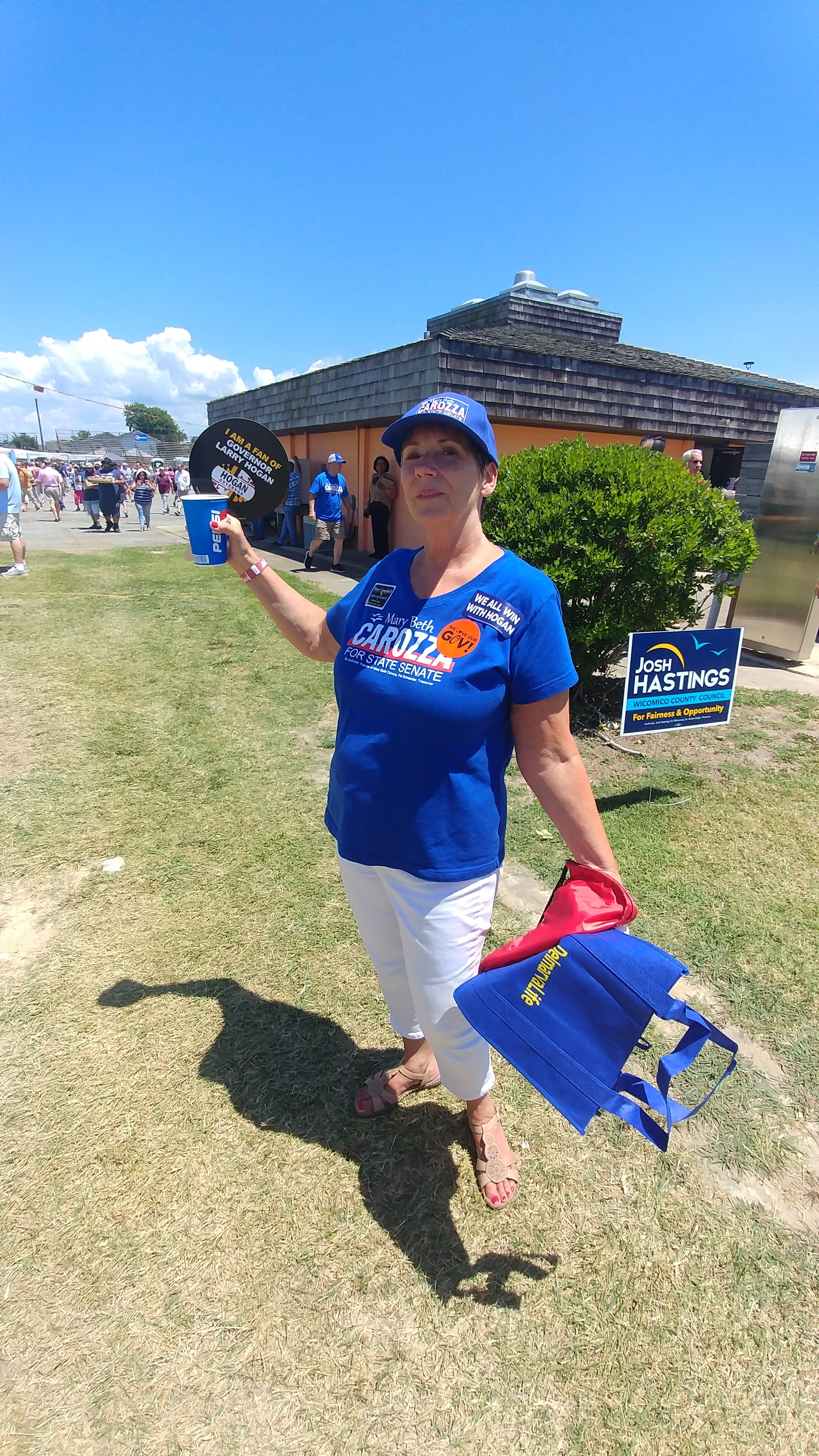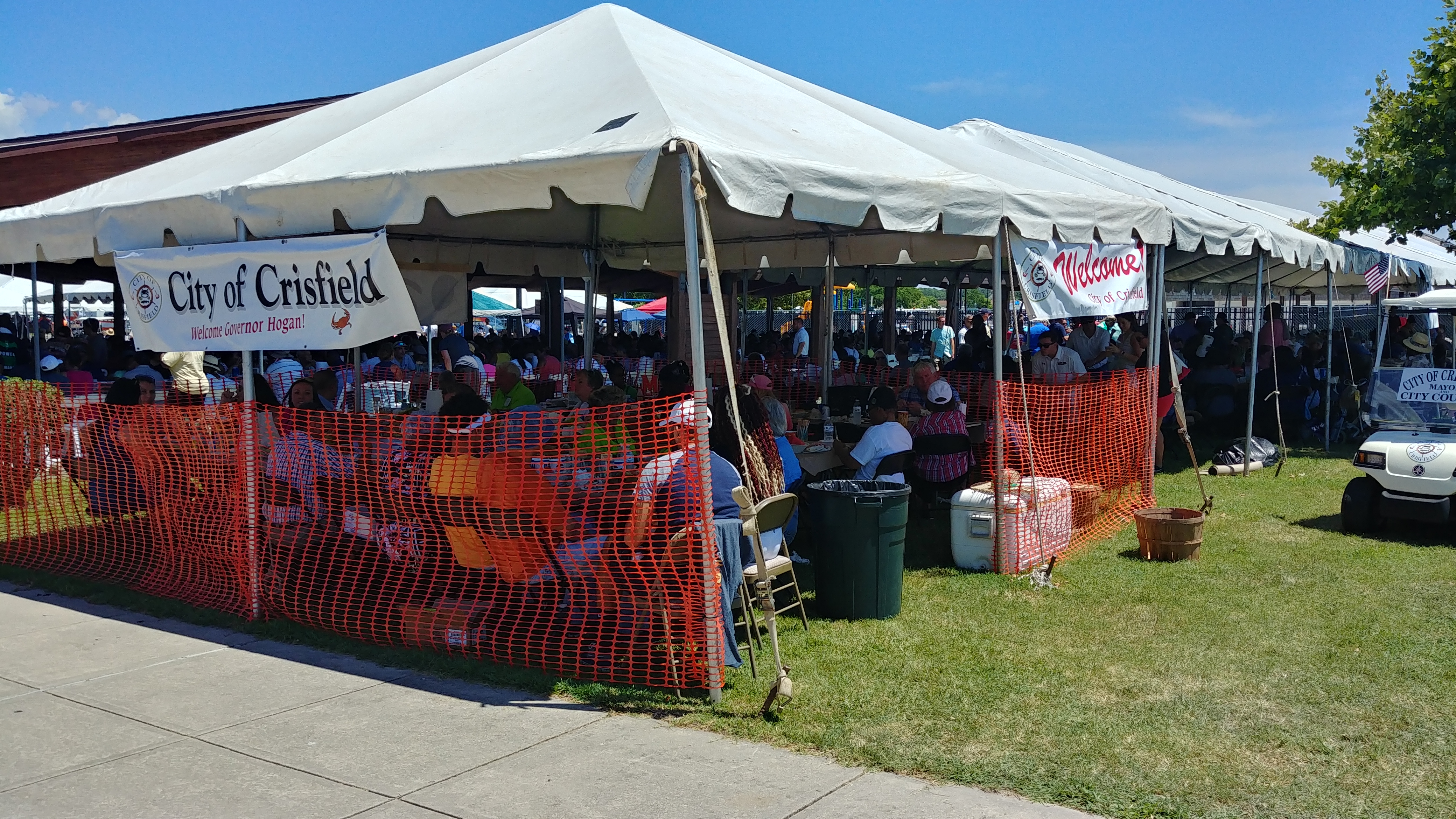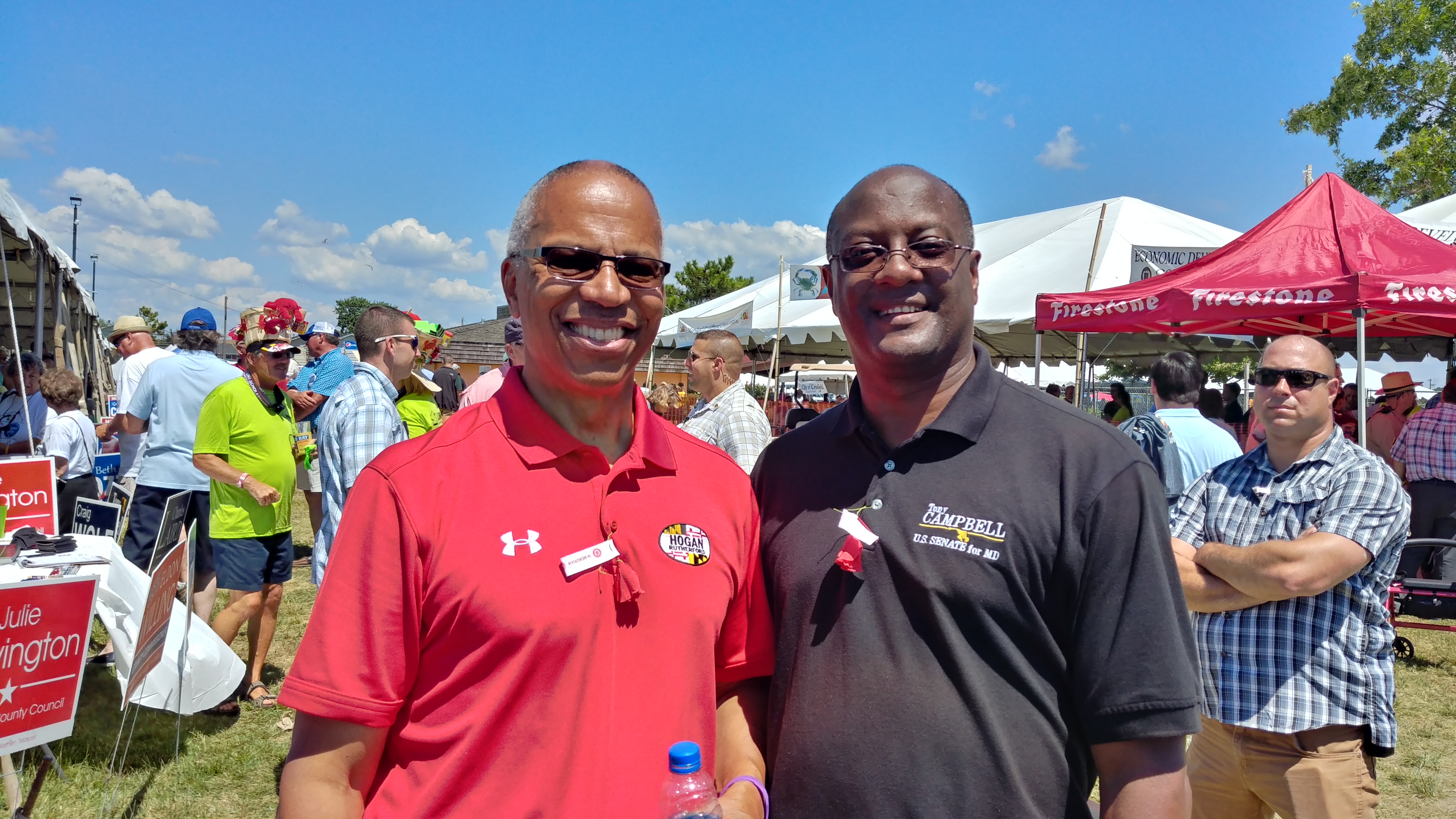If money is the mother’s milk of politics – at least so it is said – then it’s probably good to know who has the biggest bottles and where the wet nurses are. So I’m beginning a two-part series on the local political races with some observations on the races in District 37.
This year there are three races in District 37 involving seven contenders. Unlike the situation in 2014, the first election involving the current districts, the Republicans found a challenger for District 37A (a majority-minority district) but the Democrats could only find one contender for the two seats available in District 37B. This also presents an interesting possibility: if the order for that two-seat district came in Republican Chris Adams in first, Democrat Dan O’Hare second, and Republican Johnny Mautz third, then Adams and Mautz would still win another term because the two winners in that district cannot represent the same county.
But I’m going to open this with the first race in District 37A. However, before I begin allow me to set the parameters here.
Over the last few days, I have pored over the campaign finance reports from each candidate submitted to the state Board of Elections beginning with the 2017 annual that covers from January of 2016. What I was most interested in, obviously, were the contributions, which I subdivided into five loose categories:
- Donations from individuals within the area. For this exercise, the “area” is defined for both local districts as an address with a 216xx or 218xx zip code. I know in reality that expands the area into the 36th District, but it makes life much easier when you have hundreds and hundreds of line items to contend with.
- Donations from individuals outside the 216xx and 218xx zip code area.
- Donations from businesses within the area. Included in the definition of businesses are LLCs, LPs, and PAs.
- Donations from businesses outside the area.
- Donations from PACs. As a way of simplifying this, this also includes transfers from other campaign accounts, and (at my discretion) certain entities that were recognizable as similar to a political action committee, including larger businesses, unions, and governmental entities.
Having these all categorized and built into a spreadsheet, I can figure out several things: proportion of donations coming from each group, proportion of donations inside/outside the area, and an average donation. In many cases, I can compare and contrast candidates – but not always. Read on and you’ll find out why.
House District 37A:
Republican Frank Cooke vs. incumbent Democrat (since 2014) Sheree Sample-Hughes.
For Frank Cooke:
- 1 donation from an individual in area for $100
- No donations from individuals outside of area
- No donations from businesses in area
- No donations from businesses outside of area
- No donations from PACs and other committees
- Average donation: $100.00
- Cash on hand (bank account balance) – $2,504.69
100% of money comes from individuals, 100% comes from inside the area.
According to Frank’s last report, which supplants the ALCEs he previously filed (it covers from February to August), Cooke has a bank account balance over $2,000 yet there’s no indication how it got there. (Unless he raised it after the previous Pre-Primary 2 filing deadline, he should not have filed an ALCE for previous reports because he had raised more than $1,000.) He also has an outstanding obligation to his campaign of $574.54 that is noted as being from a predecessor campaign, presumably for the city of Cambridge.
It’s not a district where you need a ton of money to win but this raises a lot more questions than it answers about the Cooke campaign, especially this one: why such a late start to get serious about fundraising?
For Sheree Sample-Hughes:
- 119 donations from individuals inside the area for $10,944
- 17 donations from individuals outside the area for $1,345
- 20 donations from businesses in area for $3,690
- 35 donations from businesses outside the area for $8,825.36
- 72 donations from PACs and other committees for $20,350
- Average donation: $178.47
- Cash on hand (bank account balance) – $17,447.05
32.4% of her money came from inside the area, 22.5% from outside the area, and 45.1% from PACs and other committees. Out of the 54.9% from individuals and businesses, 27.2% was raised from individuals and 27.7% was from businesses.
Note that I did not pore over the reports with a fine-toothed comb to see if any money was collected during session (a no-no.) However, the amount of PAC money Sample-Hughes received seemed a little out of line with most of the others.
House District 37B:
Incumbent Republicans Christopher Adams and Johnny Mautz (both since 2014) vs. Democrat Dan O’Hare.
For Christopher Adams:
- 82 donations from individuals inside the area for $26,474
- 11 donations from individuals outside the area for $1,310
- 28 donations from businesses in area for $15,585
- 26 donations from businesses outside the area for $8,900
- 27 donations from PACs and other committees for $10,200
- Average donation: $359.02
- Cash on hand (bank account balance) – $1,470.52
67.3% of his money came from inside the area, with an almost dead even 16.3% coming from outside the area and 16.3% from PACs and other committees. Out of the 83.6% coming from individuals and businesses, 44.5% was out of individual pockets and 39.2% was businesses. (The numbers don’t round up to 100%.)
Two interesting recent developments from the Adams camp: while the last report noted Adams had a $7,500 loan out to his campaign that dated from 2014, he had also recently repaid back $60,000 he had owed, which certainly would explain the low cash on hand despite taking in over $60,000. The campaign also has one outstanding bill for $183.70, which could be an oversight given the cash on hand.
For Johnny Mautz:
- 293 donations from individuals inside the area for $100,550
- 110 donations from individuals outside the area for $39,065
- 81 donations from businesses in area for $23,660
- 51 donations from businesses outside the area for $13,150
- 96 donations from PACs and other committees for $31,800
- Average donation: $329.99
- Cash on hand (bank account balance) – $96,408.31
59.7% of his money came from inside the area, with 25.1% coming from outside the region and 15.3% coming from PACs. Out of the non-PAC money, 67.1% of his funding came from individuals and 17.7% from businesses. (Again those numbers don’t round quite correctly.) The piece that stuck out at me regarding Mautz was just how well-heeled his donors were, but this reflects his St. Michaels base as well as his background as a Congressional staffer – a number of donations came from the capital region, presumably fellows from his days there. It’s a sharp contrast to the Adams base, which is more in the middle-class Salisbury area. (This is true despite the lower per-donation figure – Mautz has a far larger volume of contributions than Adams does.)
For Dan O’Hare:
- 59 donations from individuals inside the area for $9,608
- 54 donations from individuals outside the area for $5,387.42
- 1 donation from a business in the area for $200
- No donations from a business outside the area
- 2 donations from PACs and other committees for $400
- Average donation: $134.44
- Cash on hand (bank account balance) – $10,371.09
62.9% of his money came from inside the area, with 34.5% coming from outside the area and just 2.6% from other committees. Out of the 97.4% coming from individuals and businesses, 96.2% was out of individual pockets and 1.3% was businesses. (Yet another rounding error.)
The strangest thing about O’Hare’s pattern of receiving is that the donations outside the area are almost as numerous as the ones from inside. These come from 13 different states but seem to be clustered quite a bit around the New York City metro. (There is some member of the O’Hare family that lives there.) So it will be worth seeing in the next report whether he has more local support.
Senate District 37:
Incumbent Republican Addie Eckardt (since 2014, previously in House of Delegates 1994-2014) vs. Democrat Holly Wright.
For Addie Eckardt:
- 264 donations from individuals inside the area for $37,935
- 21 donations from individuals outside the area for $3,025
- 35 donations from businesses in area for $8,570
- 14 donations from businesses outside the area for $5,925
- 54 donations from PACs and other committees for $20,350
- Average donation: $193.38
- Cash on hand (bank account balance) – $69,126.05
61.3% of her money came from inside the area, with 11.8% coming from outside the area and 26.8% from PACs and other committees. Out of the 73.2% coming from individuals and businesses, 54% was out of individual pockets and 19.1% was businesses. (And again: the numbers don’t round up to 100%.) There’s nothing overly unusual about Addie’s report that I found – maybe a little PAC-heavy compared to the Republican Delegates but not as high as Sample-Hughes.
For Holly Wright:
- 117 donations from individuals inside the area for $17,380
- 10 donations from individuals outside the area for $1,050
- No donations from businesses in area
- No donations from businesses outside the area
- No donations from PACs and other committees
- Average donation: $145.12
- Cash on hand (bank account balance) – $5,106.52
While all of her money came from individual donations, Holly’s proportion of funding from inside to outside the area was a whopping 94.3% to 5.7%. In essence, hers is the prototypical homegrown campaign – but considering she’s already behind in votes based on primary results, that’s not a good situation for Wright to pull an upset. It could work in a single-seat Delegate race, but isn’t as likely to succeed in a large district like District 37, especially with a decent-sized media market. Even the possible upside for her of having two walkover races in the adjoining district sharing the Salisbury media market (thus, perhaps cheaper media buys due to less demand) is negated by a heavyweight fight I’ll discuss in my second installment covering those District 38 races.






